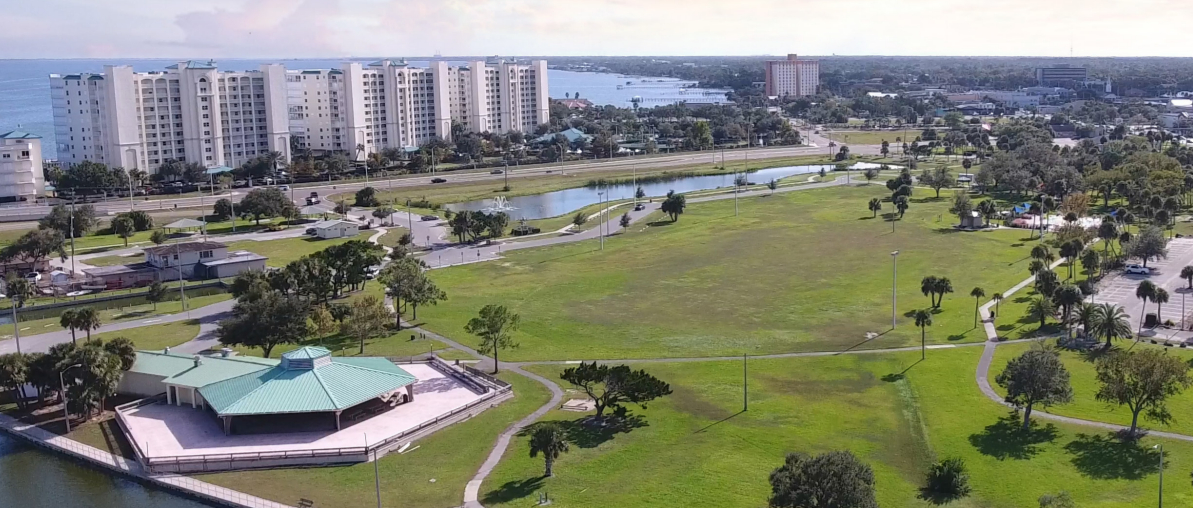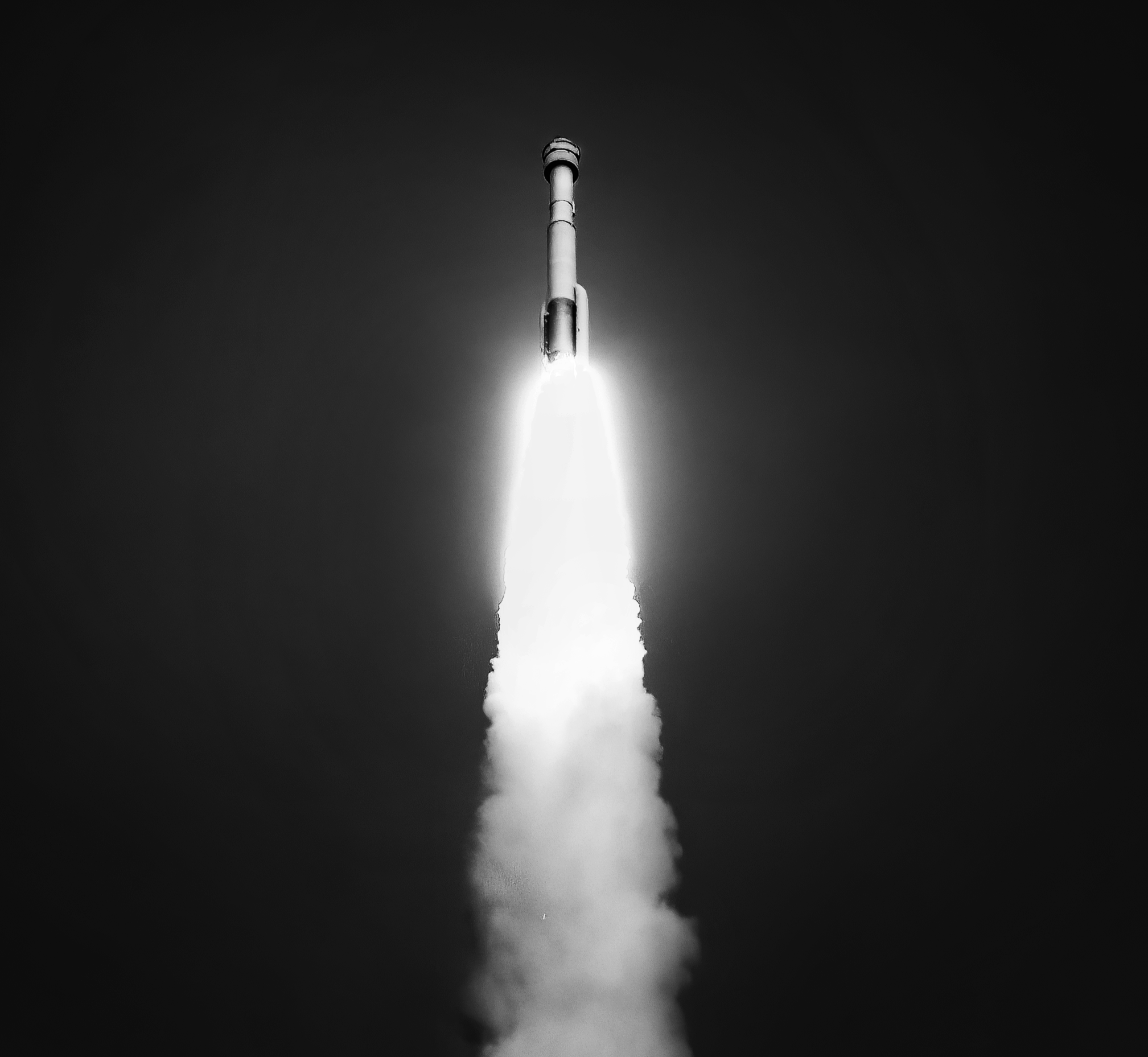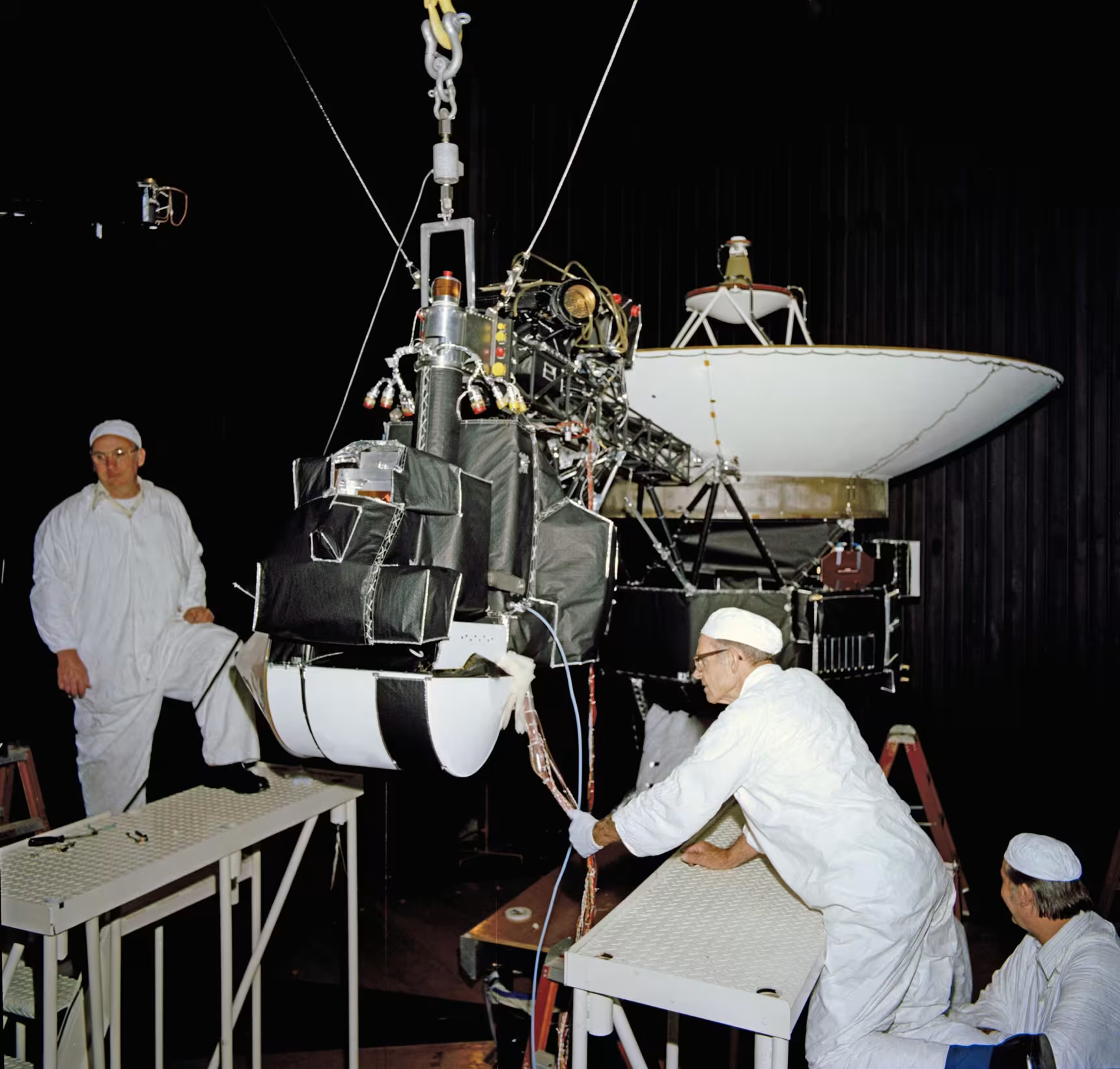As NASA’s Space Launch System (SLS) prepares to roll back to the pad for its next Wet Dress Rehearsal, concern grows for the rocket’s success as time sensitive parts begin to age, but are they justified? Or are they misplaced?

In September 2011, NASA unveiled their new generation rocket, the Space Launch System (SLS). It was slated for its maiden flight in 2018 only to be delayed to 2019 in April of 2017. Then delayed to June of 2020, then being delayed in April 2017 to sometime in 2019. Then in June 2020, it was delayed again to April 2021, and now has a launch date in August 2022 – four years later than its original date.
Most of these delays were inconsequential yet still added additional costs to the program. As of March 2021 however, the clock began ticking for the SLS’s maiden launch during Artemis 1 (then set for October or November 2021) and for the parts that make up the vehicle, as well as other limiting factors.
Other limiting factors include the frequently mentioned concern over the two massive solid rocket motors. The concern stems from NASA’s own reports in December 2019 stating that once the solid rocket boosters were stacked they have a 12-month lifespan. However, now being 15 months since Artemis 1 has been stacked, clearly there’s more to the matter than metaphorical “best by” date.
For one, the boosters have been under near constant inspection and monitoring since the boosters stacking was completed. But what are the Exploration Ground System (EGS) teams inspecting and checking for?
One of the things being inspected and checked is the ‘J-leg’, which works to control the flow of heated gases generated during the booster’s operation away from the inner seals. The J-Leg was added after the Challenger disaster to help protect the seals that connect the segments of the solid rocket motor. Challenger still weighs heavily on every action and consideration NASA takes with not only Artemis 1’s booster, but every booster going forward.

Historically we can look back at the Space Shuttle’s maiden flight, STS-1. The STS-1 mission had its solid rocket motors stacked in January 1980, and it launched in April 1981, 13 months later. Despite this delay, the STS-1 mission was completed successfully with no issues arising from the solid rocket motors. Assuming Artemis 1 launches as late as December 2022, that will be 19 months after the two solid rocket motors had been stacked. By which point- a newer yet much less discussed problem will arise in the first quarter of 2023: fuel. Not the lack of or failure to store the fuel as we’ve seen with initial attempts of Artemis 1’s Wet Dress Rehearsal, but rather the only other part of the vehicle that has been fueled this entire time (other than the solid rocket motors).
The fuel powering Orion’s European Service Module. The Monomethylhydrazine (also known as MMH) and the nitrogen tetroxide (N2O4) oxidizer. This fuel combination, noted for being extremely toxic and requiring rather extensive personal protective equipment, decomposes in Florida’s high ambient moisture. Despite NASA’s best efforts, small amounts of moisture can make their way into the system. MMH gradually become diluted, making it unusable. N2O4 reacts to the ambient moisture to produce nitrous oxides as well as nitric acid. NASA has opted for a 3% nitric oxide fuel known as MON3; or Mixed Oxides of Nitrogen, with three percent nitric oxide present. The higher the value of nitric oxide present the less corrosive and susceptible the fuel is to oxidation.
There’s no publicly known procedure in the event Orion’s fuel decomposes beyond what would be viable for flight. However, there may be some options available depending on what path NASA takes. NASA’s options range from straight-forward solutions, to the worst case scenario that would result in removing Orion from SLS.
A fast option is for NASA to use pre-existing equipment aboard Orion to detect and evaluate the fuel’s condition. Another option is for NASA to attempt to sample Orion’s fuels and directly evaluate the composition.
The most drastic measure is to remove Orion from the top of the SLS rocket, then remove the Launch Abort System that is currently covering Orion. It’s not clear if NASA could detank and empty the European Service Module’s fuel tanks with Orion stacked atop. If it isn’t, then NASA would have to remove Orion from the European Service Module, something they only briefly considered back in 2020 when a redundant power supply failed during testing but was deemed to be non-critical. This scenario may also call for a full inspection of the fuel tanks before refueling as well.
What’s our take away?
Largely that every moment prior to launch, we can remain confident that the NASA EGS team is hard at work inspecting and caring for every facet of the vehicle, no matter how long it takes or how extreme the measures required to ensure this vehicle operates as nominally as possible.
As we see Artemis 1 ahead of its terminal count (whenever that may be) we can be confident that the teams behind it have put forth their best to ensure this vehicle is absolutely ready for its mission ahead and safely deliver as NASA’s next generation ride back to the moon.
This article is dedicated to the men and woman supporting NASA’s Exploration Ground Systems team who have spent the last decade diligently paving the foundation for our way back to the moon and the stars beyond.













Leave a Reply